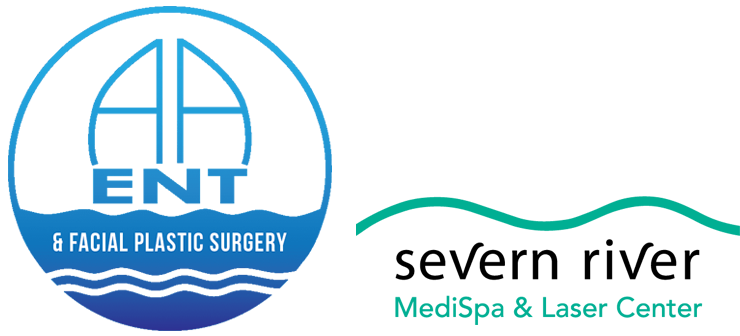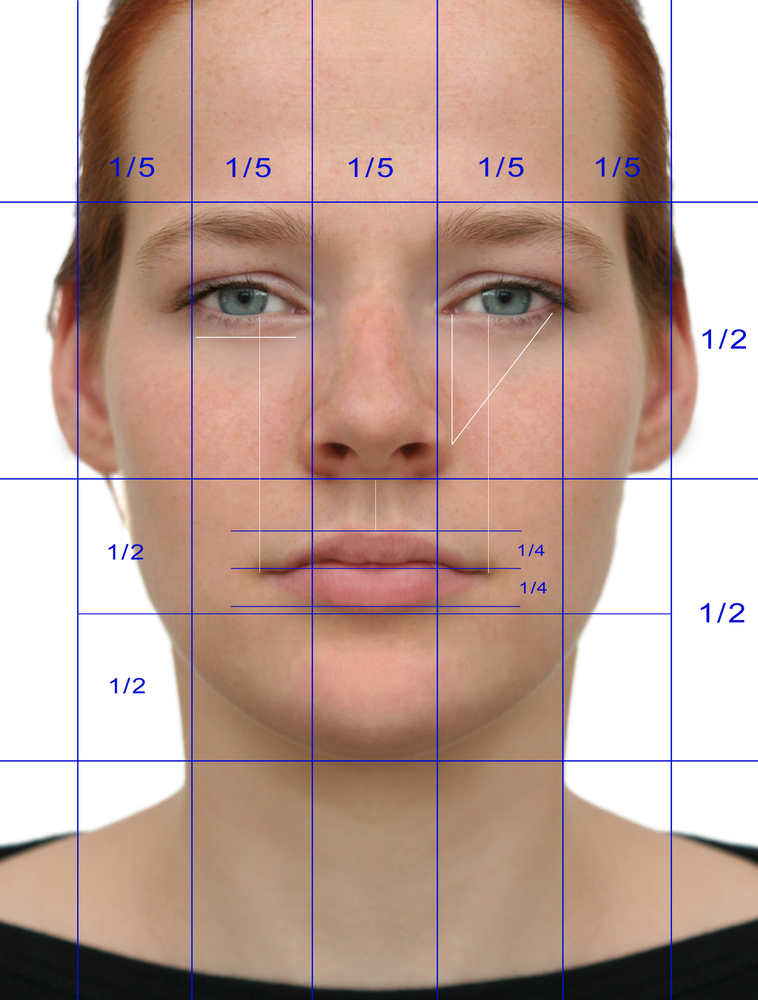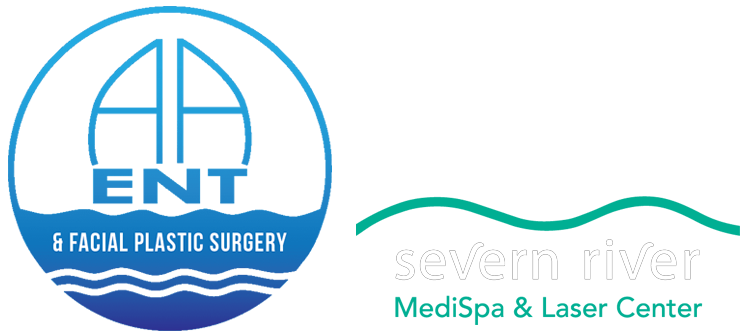Do you feel like you’ve been looking in the mirror for years and not recognizing the person staring back at you? Are wrinkles and sagging skin making you look older than you feel? If so, a facelift may be the perfect solution for you. There are different types of facelifts available, each addressing different structures on the face. In this blog post, we’ll discuss the four most common types of facelifts: Standard Facelift, Mini-Facelift, Neck Lift, Forehead Lift. We’ll outline what each procedure entails and what the recovery process is like. So whether you’re interested in a full facelift or just want to tighten up your neck area, keep reading to learn more about the different types of facelifts.
Standard Facelift
Also known as rhytidectomy, a standard facelift is the most comprehensive type of facelift. It targets both the skin and underlying structures of the face, such as the muscles and connective tissues. This type of facelift can be used to correct moderate to advanced aging around the mid-face and neck, including: deep wrinkles, sagging skin, and the appearance of jowls.

The standard facelift is performed under general anesthesia and takes about two to five hours. During the procedure, incisions will be made just behind the hairline around the temples and around the front of the ears. Through these incisions, the surgeon will access the underlying structures of the face and make any necessary corrections. Once the desired results have been achieved, the incisions will be closed with stitches or surgical tape.
Recovery from a standard facelift can take four to six weeks. During this time, patients can expect swelling and bruising around the face and neck. It is important to keep the head elevated and to avoid strenuous activity during the recovery period. Most patients can return to work and other normal activities within two weeks, though it may take up to a month for all swelling and bruising to resolve.
Mini-Facelift
A mini-facelift is a less invasive alternative to the standard facelift. Nowadays, mini-facelifts are the most popular type of facelift surgery. It is typically used to correct mild to moderate aging around the lower third of the face, including the cheeks and jowls. This type of facelift does not address wrinkles on the forehead or around the eyes.

The mini-facelift is performed under general anesthesia and takes about two hours. During the procedure, incisions will be made just behind the hairline around the temples. Through these incisions, the surgeon will access the underlying structures of the face and make any necessary corrections. Once the desired results have been achieved, the incisions will be closed with stitches or surgical tape.
Recovery from a mini-facelift is typically shorter than recovery from a standard facelift. Most patients can expect swelling and bruising around the face and neck, though this will resolve within one to two weeks. It is important to keep the head elevated and to avoid strenuous activity during the recovery period. Most patients can return to work and other normal activities within a week, though it may take up to two weeks for all swelling and bruising to resolve.
Neck Lift
A neck lift is a procedure that addresses aging in the lower third of the face, including the jowls and neck. This type of facelift can be used to correct a “turkey wattle” or “double chin” appearance. It can also be used to improve the appearance of wrinkles and loose skin on the neck.

The neck lift is performed under general anesthesia and takes about two hours. During the procedure, incisions will be made just behind the hairline around the level of the sideburns and/or in front of the ears. Through these incisions, the surgeon will remove excess fat and skin from the lower face and neck. Once the desired results have been achieved, the incisions will be closed with stitches or surgical tape.
Recovery from a neck lift is typically shorter than recovery from a standard facelift. Most patients can expect swelling and bruising around the face and neck, though this will resolve within one to two weeks. It is important to keep the head elevated and to avoid strenuous activity during the recovery period. Most patients can return to work and other normal activities within a week, though it may take up to two weeks for all swelling and bruising to resolve.
Forehead Lift
A forehead lift, also known as a brow lift, is a procedure that addresses wrinkles and sagging skin on the forehead. This type of facelift can be used to improve the appearance of “11” lines between the eyebrows, horizontal wrinkles across the forehead, and drooping brows.

The forehead lift is performed under general anesthesia and takes about two hours. During the procedure, incisions will be made within the hairline. Through these incisions, the surgeon will access the underlying structures using an endoscope and special tools. They will use these special tools to adjust the tissue below the skin and make any necessary corrections. Once the desired results have been achieved, the incisions will be closed with stitches or surgical tape.
Recovery from a forehead lift is typically shorter than recovery from a standard facelift. Most patients can expect swelling and bruising around the forehead and eyes, though this will resolve within one to two weeks. It is important to keep the head elevated and to avoid strenuous activity during the recovery period. Most patients can return to work and other normal activities within a week, though it may take up to two weeks for all swelling and bruising to resolve.
In Conclusion
In this blog post, we have discussed the different types of facelifts: Standard facelift, mini-facelift, neck lift, and forehead lift. We have also discussed what each type of facelift addresses, how it is performed, and what recovery is like. If you are considering a facelift, it is important to consult with a board certified plastic surgeon to discuss your specific goals and expectations. The plastic surgeon will be able to evaluate your individual case and recommend the best type of facelift for you. Thank you for reading! We hope this blog post has been helpful.








